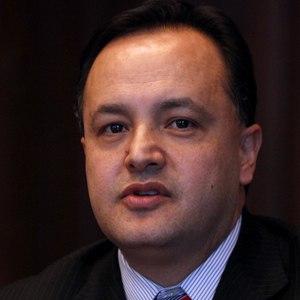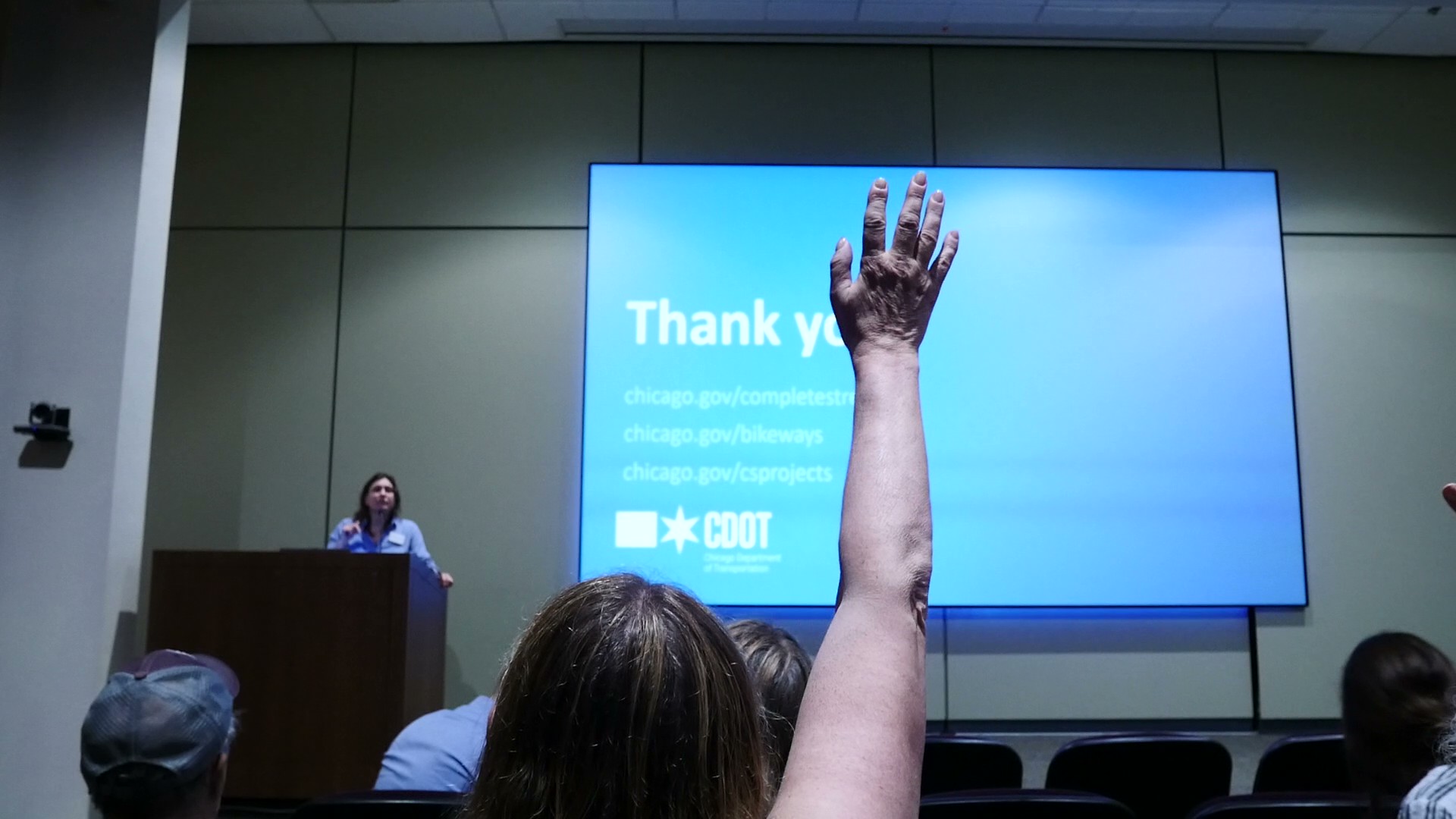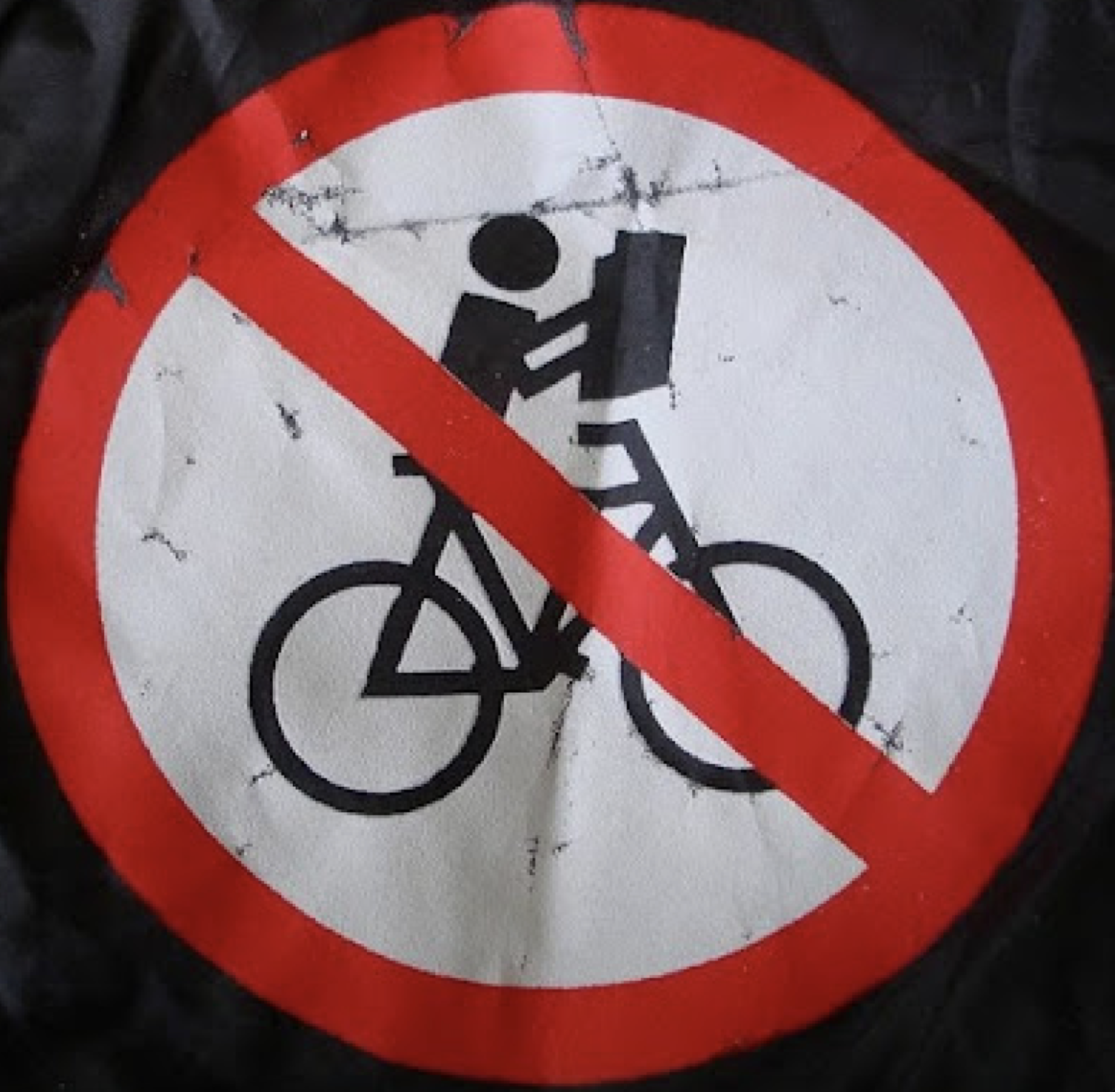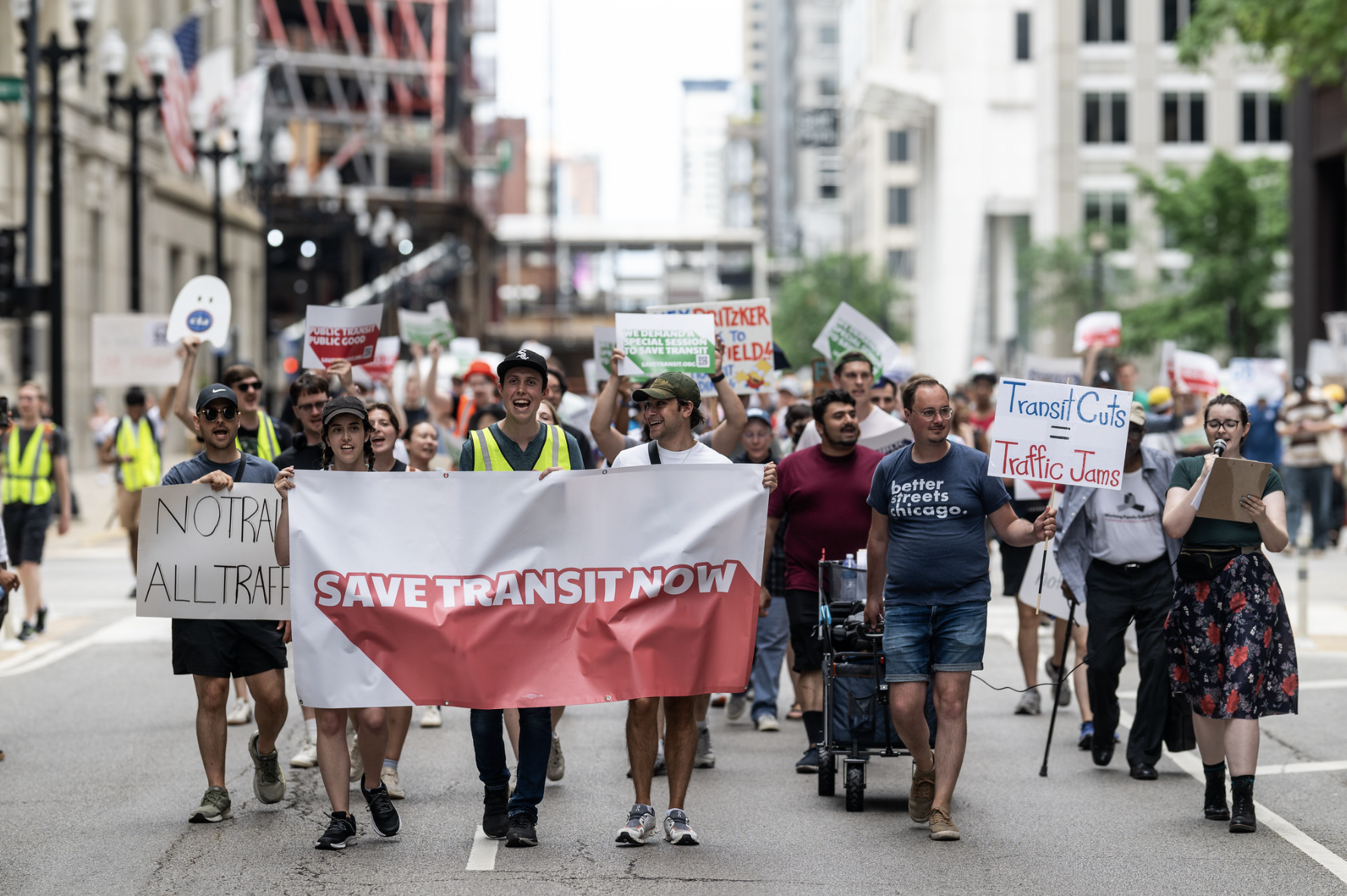12th Ward Alderman George Cardenas has said plenty of backwards stuff about the Ashland bus rapid transit plan, in the Tribune, on Chicago Tonight, and on Twitter. With his latest comments in today's DNAinfo piece on BRT, Cardenas shows just how little he understands the project he's been criticizing.“I don’t want my community to be bypassed,” he told reporter Casey Cora. “We want traffic to stop. We want to develop retail so people can stop and not just kind of wave [at the neighborhood] as they go by.”
The alderman argued that motorists will be unable to make spontaneous stops at businesses due to the prohibition of most left turns from Ashland. “Say you’re driving and want to stop and get a cup of coffee. It’s going to be difficult to do that. You can’t stop. [This plan] pushes you into the side streets and you’ll say ‘Screw it, I’m not going to do it.”
Cardenas is assuming that motorists need direct access to the curb right in front of their destination. He's missing the big picture of how people get where they want to go on city streets. 90 percent of the on-street parking on the street will be retained, so it will still be easy for motorists to make spontaneous stops at shops on the same side of the street or – gasp! – park and walk across Ashland to patronize businesses on the other side. Meanwhile, for pre-planned stops, it will be easy for drivers to choose routes that don’t require lefts from Ashland.
Yes, there will be fewer cars on Ashland, but that has little bearing on people's ability to reach destinations on the street. Car access to businesses on a wide street like Ashland depends much, much more on the number of parking spots and turnover rate than the number of through lanes, which mainly allow drivers to go through the corridor, not stop along it.
More to the point, the number of autos accessing retail districts is far less important than the number of shoppers. With more buses, running on a reliable timetable and almost twice as fast, plus safer, more pleasant conditions for walking, foot traffic will increase and more shoppers will be able to reach Ashland. Look at other places that have shifted car lanes to transit lanes, and the benefits for local businesses are clear.
Yesterday, Cardenas tweeted another bizarre idea about transit, after City Notes blogger Daniel Hertz questioned the alderman about an earlier tweet claiming the BRT plan is “out of left field”:
@georgeacardenas Alderman, what's your plan for the 25% of Chicagoans who don't even have a car? Bus speed now is *half* that of cars (1/2)
— Daniel Kay Hertz (@DanielKayHertz) February 4, 2014
@DanielKayHertz the CTA fleet should have smaller, more agile buses first of all. Mega buses should not be allowed. Quality over quantity.
— George Cardenas (@georgeacardenas) February 4, 2014
Interesting concept. As Hertz pointed out, using smaller buses would require spending money on a new fleet, plus hundreds of new drivers. But it’s not clear how that would make the buses run faster, unless they’re skinny enough to slip between lanes of car traffic. Setting science fiction solutions aside, if we’re serious about making surface transit as good as it should be, the only real answer is to give buses a dedicated lane, which is why the BRT plan makes so much sense, and why all of Cardenas’ comments are so absurd.






